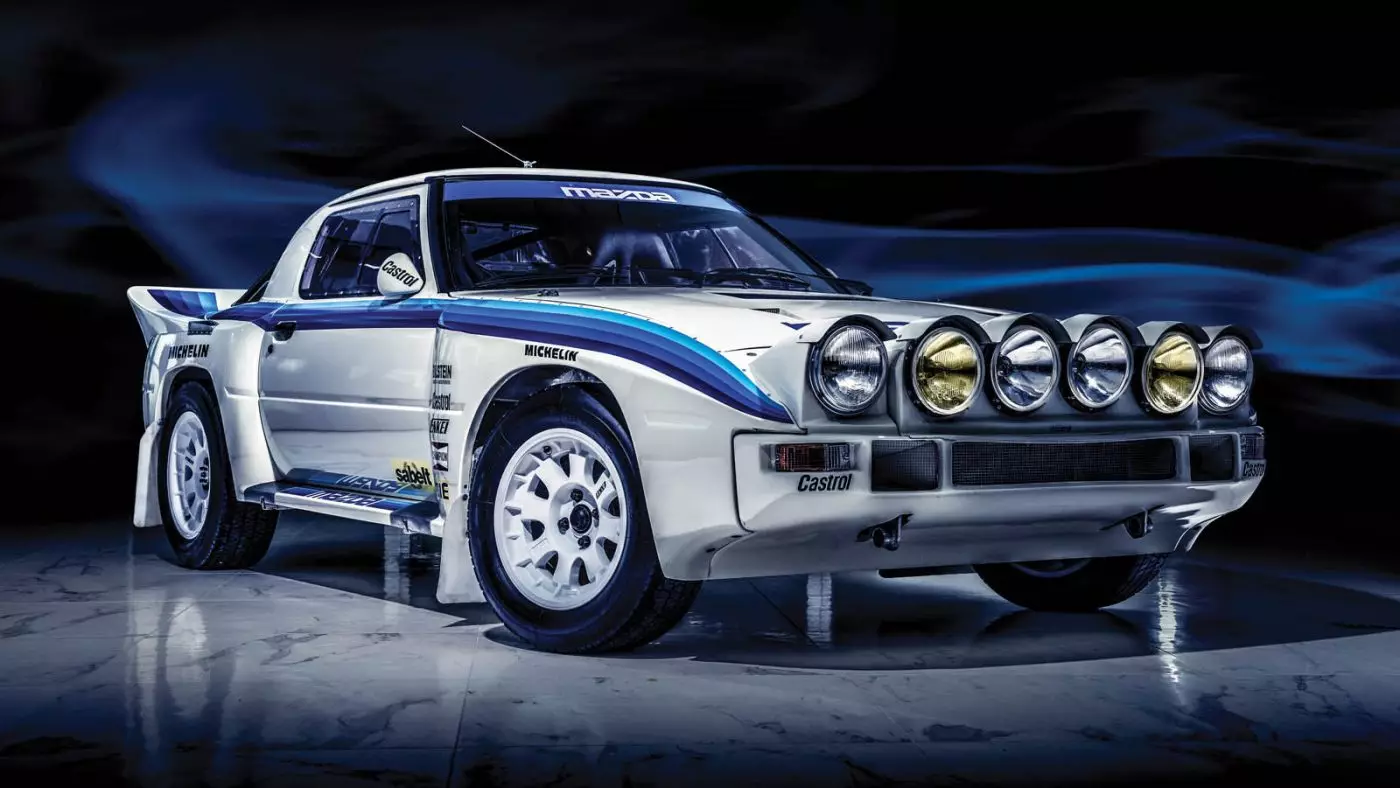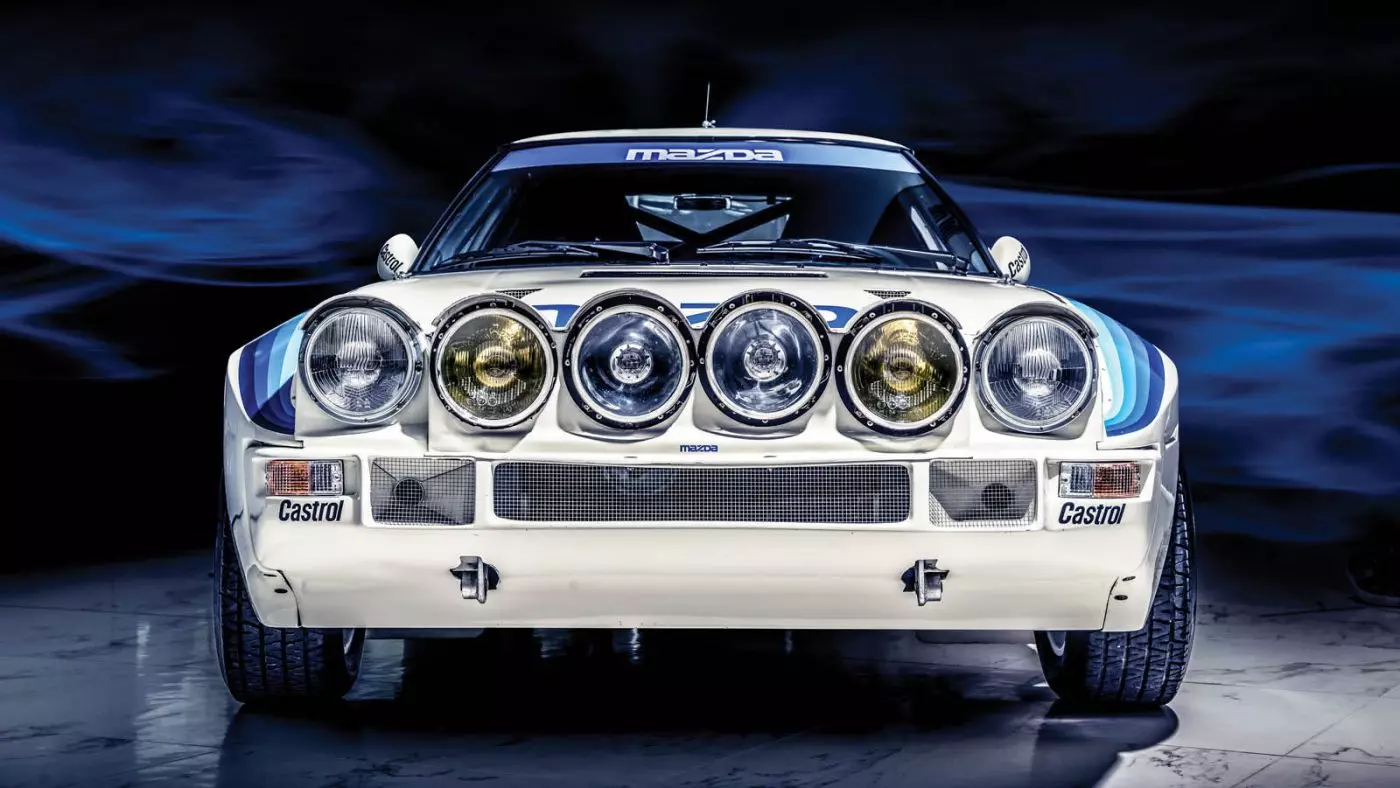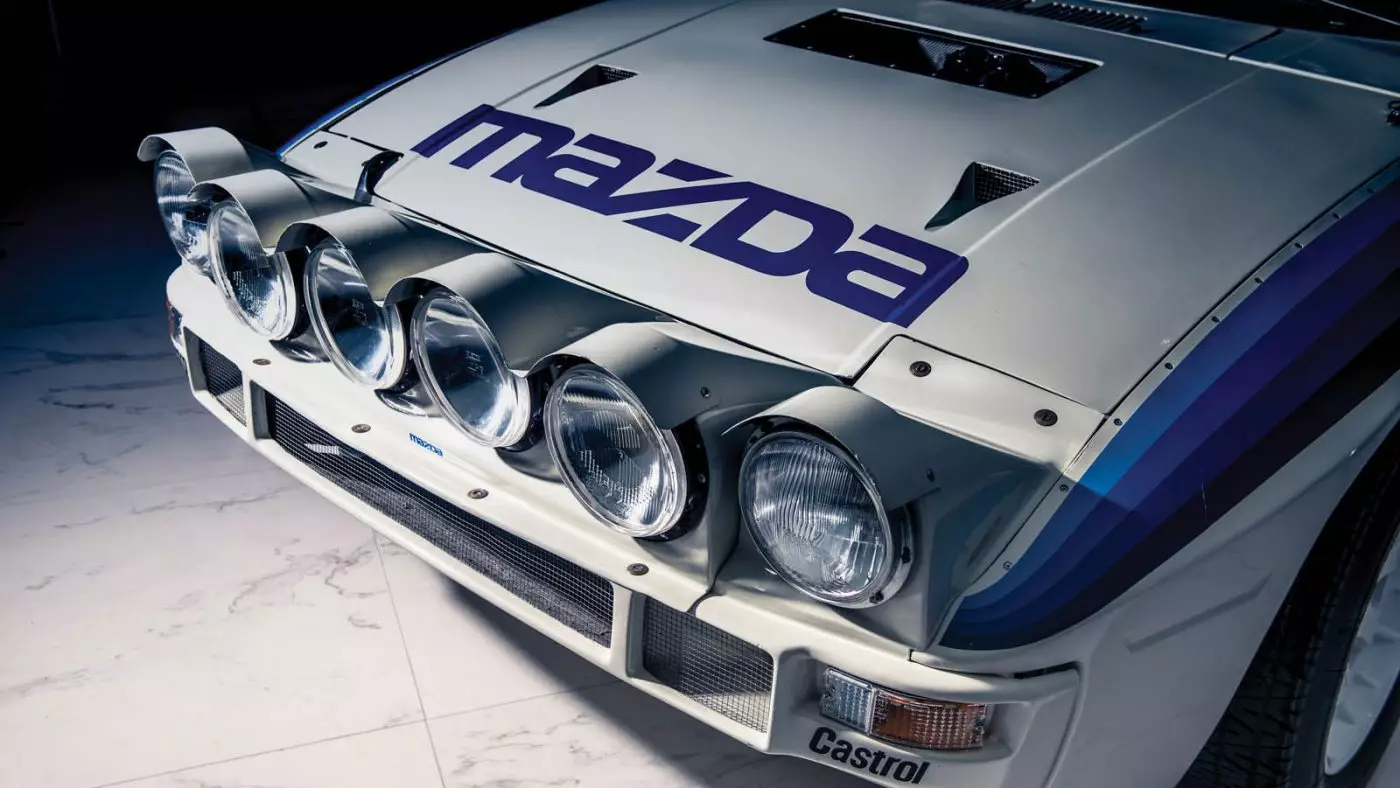This year the Wankel engine at Mazda celebrates 50 years and rumors about the return of this particular type of engine to the brand are stronger than ever. Until there is (again) confirmation whether or not we will have a new rotary engine machine, we continue to discover the ramifications of the Wankel saga.

And this is one of the lesser known. A rare Mazda RX-7 Evo Group B, from 1985, will be up for auction on September 6th in London, by RM Sotheby's. Yes, it's a Mazda Group B.
In the 1980s, German driver Achim Warmbold was behind Mazda Rally Team Europe (MRTE) in Belgium. Initially his efforts focused on the development of the Mazda 323 Group A, but that project was quickly followed by the more ambitious Mazda RX-7 Group B with a Wankel engine.
Unlike the monsters that emerged in this category – four-wheel drive, rear mid-engine and supercharged – the Mazda RX-7 remained quite “civilized”. At its base was the first generation of the sports car (SA22C/FB), and like the production car it kept rear-wheel drive, the engine at the front and not a turbo in sight. Far from prototypes like the Lancia Delta S4 or the Ford RS200.

The engine, the well-known 13B, remained naturally aspirated. To get more power, the maximum revs ceiling would have to go up. The production model's 135 horsepower at 6000 rpm increased to 300 at 8500!
Despite the absence of a turbo and full traction, the Mazda RX-7 Evo, as it would be called, managed to get a third place in the Acropolis Rally (Greece) in 1985. It was only present in the world rally championships during 1984 and 1985 and truth be told, this project has never received much support from the parent company. Mazda favored the development of the 323 Group A – four-cylinder engine with turbo and four-wheel drive. And historically, it would be a wise decision.
MRTE 019, the Mazda RX-7 that never got to compete
Group B would end in 1986 and with it, any chance of new developments for the RX-7. Due to the existing rules, 200 units for homologation would be necessary, but Mazda would only have to build 20, as the Japanese brand already had homologation status in Groups 1, 2 and 4. Of the 20, it is assumed that only seven were completely mounted, and one of these was destroyed in an accident.
The unit up for auction is the MRTE 019 chassis, and unlike other RX-7 Evo, this one never ran. After the end of Group B, this unit remained in Belgium, at the MRTE premises. In the early 90's, the MRTE 019 went to Switzerland – through the official Mazda importer -, along with the other chassis and parts of the RX-7.
After a few years it disappeared from the scene, becoming part of a private collection, before changing hands again to its current owner. It was with the latter, David Sutton, that the MRTE 019 underwent a light restoration process, which lasted six months, in order to ensure that all the details of the car were correct and had not been tampered with. The end result is a Mazda RX-7 Evo in condition and to original factory specifications.
According to RM Sotheby's, it's guaranteed to be the only original Mazda RX-7 Evo Group B in existence and perhaps the only unused Group B.

